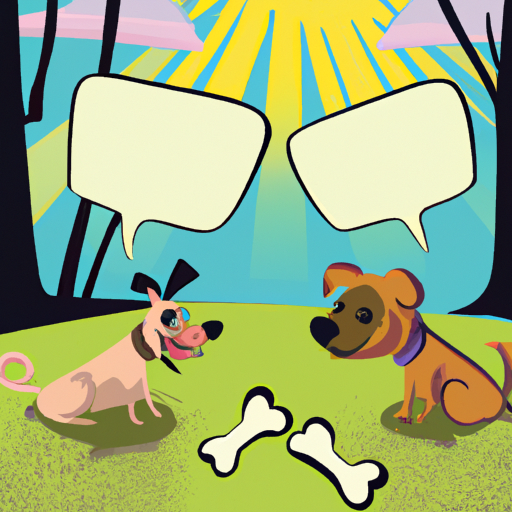Dogs have their own unique way of communicating, and understanding their language can help you become a more effective caregiver. Here, we break down the essential elements of canine communication.
1. Understanding Dog Body Language
Just like humans, dogs communicate a lot through their body language. You’ve probably noticed your dog wagging its tail when he’s happy, or cowering when he’s scared. But there’s more to it than that.
- Tail wagging: This is usually a sign of happiness, but not always. A high, stiff wag can mean your dog is agitated.
- Ears: If your dog’s ears are pricked up, they’re alert. Flattened ears can mean fear or submission.
- Posture: A dominant dog will stand tall and lean forward. A submissive dog will lower itself, even lying down.
Understanding these signs can help you respond to your dog’s needs more effectively.
2. Vocalization and Its Meaning
Dogs vocalize to communicate a variety of emotions and intentions. Here are some common dog sounds and their meanings.
- Barking: Dogs bark for many reasons – they may be excited, scared, or trying to alert you to something.
- Growling: This is usually a warning. If your dog is growling, it’s best to find out what’s causing it.
- Whining: This can be a sign of discomfort or frustration. Your dog might need something from you.
Remember, the tone and volume of these sounds can also tell you a lot about your dog’s emotional state.
3. Canine Facial Expressions
A dog’s facial expression can tell a story, much like a human’s can. Here’s how to interpret some common dog facial expressions.
| Expression | Meaning |
|---|---|
| Eyes wide open | Alert, paying attention |
| Squinting eyes | Submission, appeasement |
| Relaxed mouth | Contentment |
| Bared teeth | Aggression, fear |
4. Scent Marking and Social Sniffing
Dogs have a much stronger sense of smell than humans, and they use this to communicate. Your dog might urinate to mark their territory, or sniff another dog to gather information. Understanding these behaviors can help you support your dog’s social life.
5. Touch as a Means of Communication
Physical contact is another important part of dog communication. Dogs might nuzzle or lick each other as a sign of affection, or put a paw on another dog to assert dominance. Paying attention to these signals can help you understand your dog’s relationships with other dogs.
FAQ Section
Finally, let’s address some frequently asked questions about dog communication.
Q: Why does my dog bark at nothing?
A: Your dog might be hearing or smelling something you can’t. If it’s becoming a problem, you might want to consult a behaviorist.
Q: Why does my dog whine when I leave?
A: This could be a sign of separation anxiety. Try leaving for short periods at first and gradually increasing the time.
Q: What should I do if my dog is growling at me?
A: Try to figure out what’s causing the behavior. It’s usually a sign your dog is uncomfortable.
By understanding how dogs communicate, you can become a better caregiver to your furry friend. It’s a complex language, but with patience and observation, you can learn to understand it.



